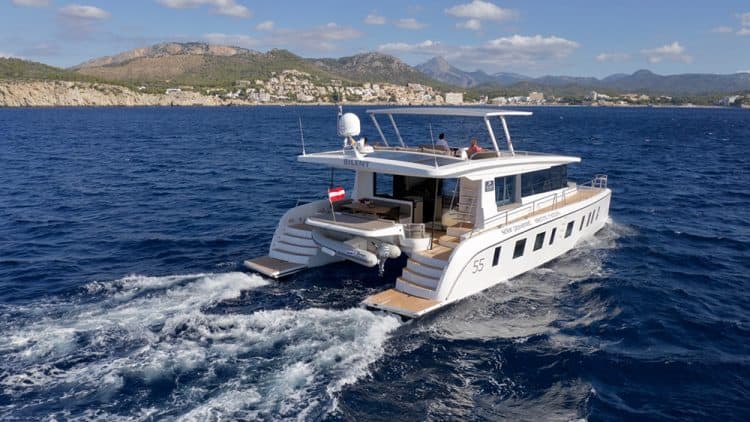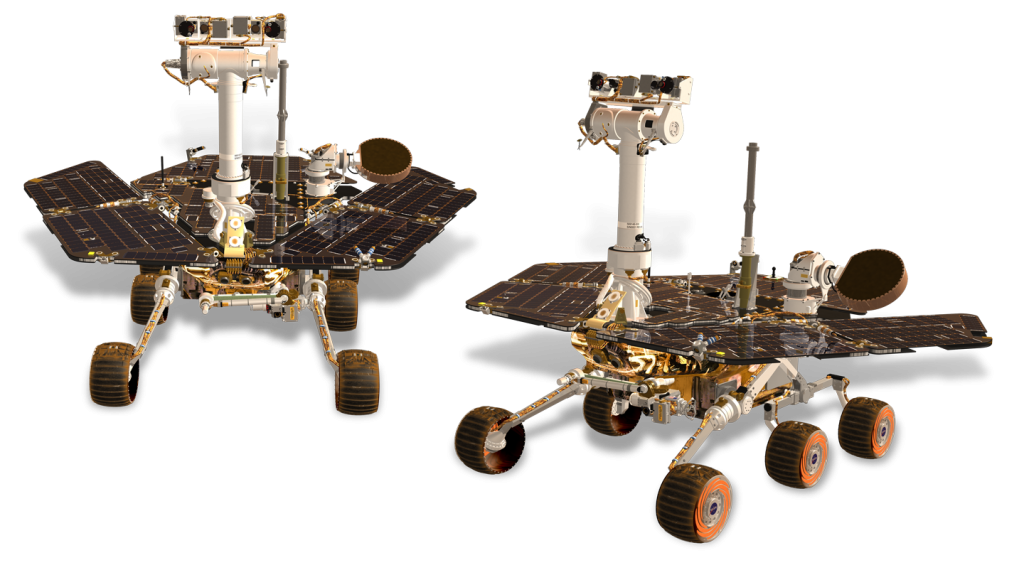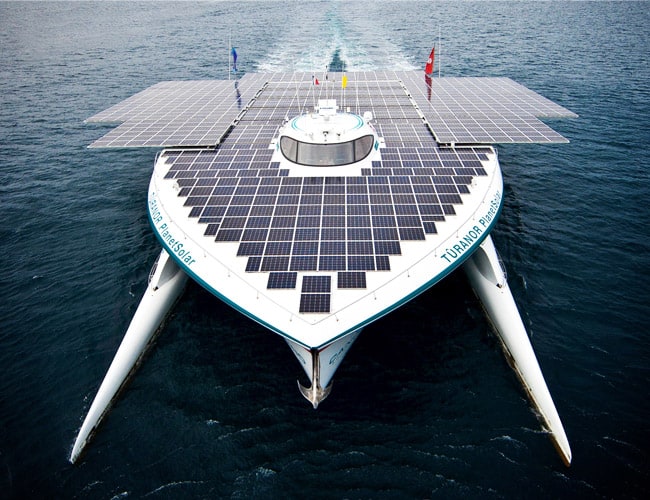The Silent 55 solar powered catamaran has been announced and will debut at the 2019 Cannes Yachting Festival. The 2019 model is twice as powerful as the 2018 model with the Austrian manufacturer advising that one has already been build and 3 more are on order.
Silent 55 – Solar Powered Catamaran
“Our best-selling 16.7m innovative solar electric catamaran has been upgraded and become even better than it used to be,” says Michael Köhler, Silent-Yachts founder and CEO. “We did these updates and changes because we always try to improve and to install the best and latest technology available to satisfy our clients. We have built one new Silent 55 already and we’ve got three more orders for this model, which shows that we’re heading in the right direction.”
The Silent 55 includes 30 high-efficiency solar panels rated for approximately 10 kilowatt-peak. The catamaran uses MPPT (maximum power point tracking ) solar charge regulators and lithium batteries, allowing it to cruise through all the way through the evening (i.e. when the sun’s not shining) as well.
A 15-kVA inverter provides the required power for household appliances. The electrical system also powers an aft swim platform and a 1,500-watt electric windlass. There is also a generator on board in case you run out of solar power.
According to Robb Report the base price of the Silent 55 is €1.4m. Interested? Go check it out at the Cannes Yachting Festival or click here to learn more about the solar catamaran on the Silent Yachts website. And take me for a spin, please!
Silent 55 Specifications
| Length overall | 16,70 m (54.8‘) |
|---|---|
| Beam overall | 8,46 (27.7‘) |
| Draft | 1,20 m (3.9‘) |
| Light displacement | 19 tons |
| Water | 500 – 1.000 L |
| Waste-Water | 2 x 500 L |
| Fuel | 500 – 1.600 L |
| Solar Panels | 10 kWp |
| E-Motors | 2 x 30 kW / 2 x 250 kW |
| Generator | 22 kW / 100 kW |
| Battery Capacity | 120 kWh |
| Cruising Speed | 6 – 8 kt / 12 – 15 kt |
| Top Speed | approx. 12 kt / 20 kt |
| CE Certification | CE-A |
| Range | Trans-Ocean |




